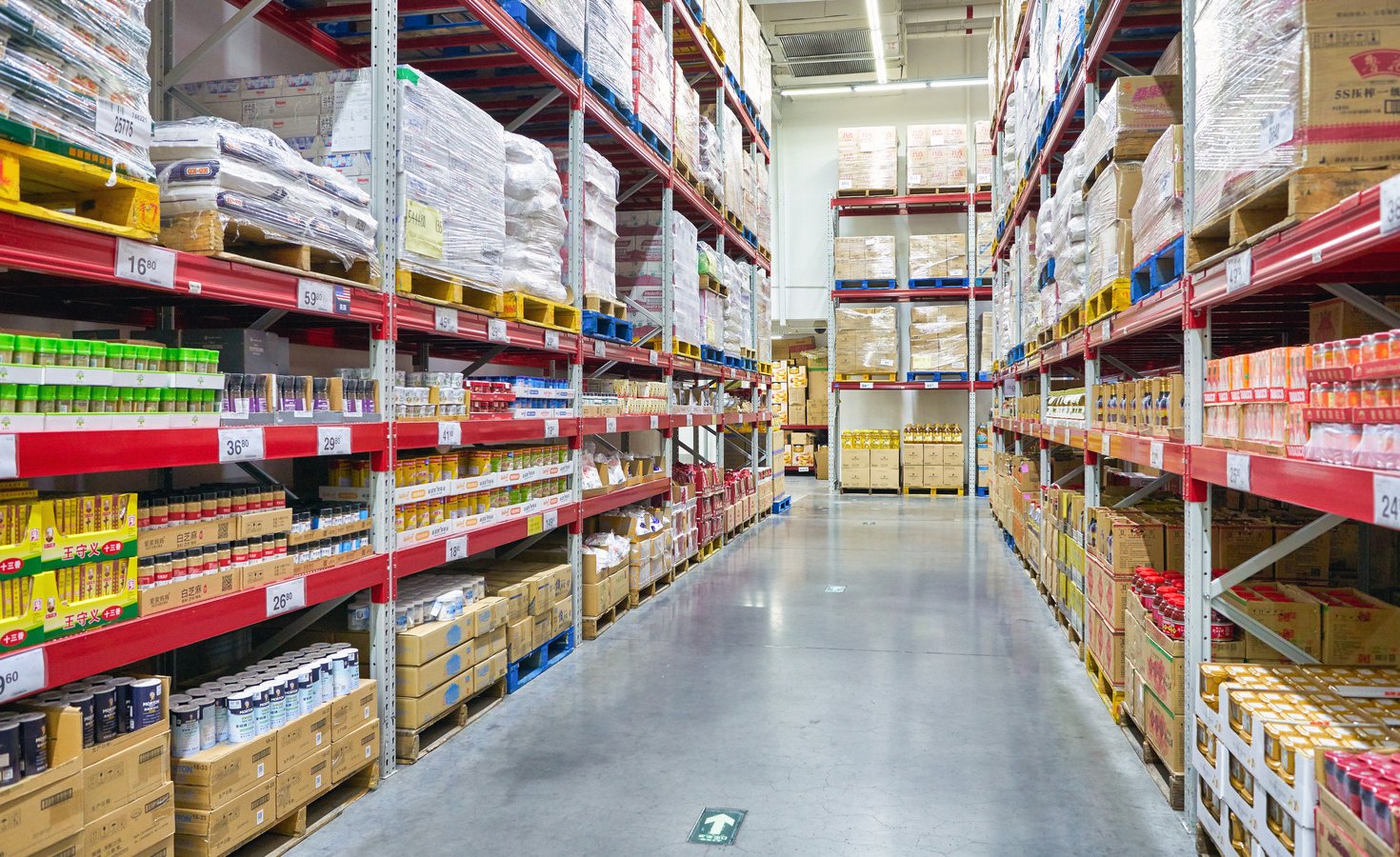Effective products packaging is vitally important in today’s fast-paced living style, let’s look into some major functions of package in details.
Protection and Preservation
Firstly, product protection. As its core function, packaging provides requisite protection to keep products away from physical damage and contamination. Whether it’s fragile product, perishable food, or delicate pharmaceuticals, packaging ensures the optimal product condition for usage.
A good example can be potato chips, which are commonly-seen packed in nitrogen filled bag, to keep them intact and fresh. Not only to deliver undamaged, fresh and quality products, but also to extend shelf-life of products. A well-designed package is an important role during this process.
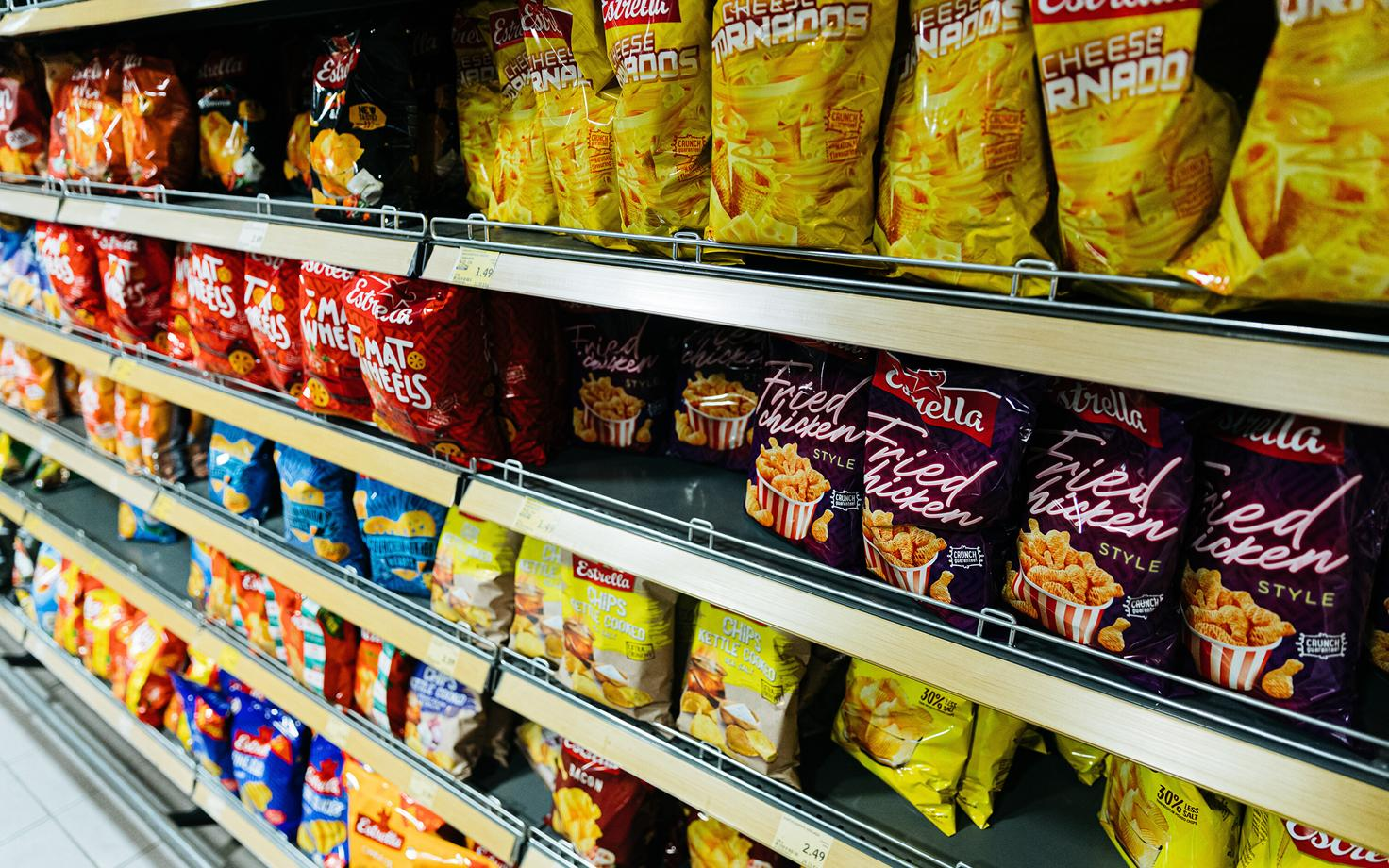
Information and Communication
Other than protecting products, packaging can be a communicator between manufacturer and consumer. It helps consumers to make informed decision by conveying information such as nutrition facts, usage instructions and safety warnings. Food ingredients labeling is required and strictly supervised by local authorities. Misleading information on package might lead to administrative penalty, customer complaint or even lawsuit. As The Food and Drug Administration (FDA) reported, there is estimated 3 million people in the US have celiac disease. People with such disease will face risk of intestinal cancer if consume foods that contain gluten. (Gluten-Free Labeling of Foods. (2022). FDA. Retrieved from https://www.fda.gov/food/food-labeling-nutrition/gluten-free-labeling-foods)
Additionally, packaging can be a powerful tool for branding. And influence purchasing decisions through its content like design, image, color and message. Packaging can help to reinforce a brand’s identity and values that consumers recognize.
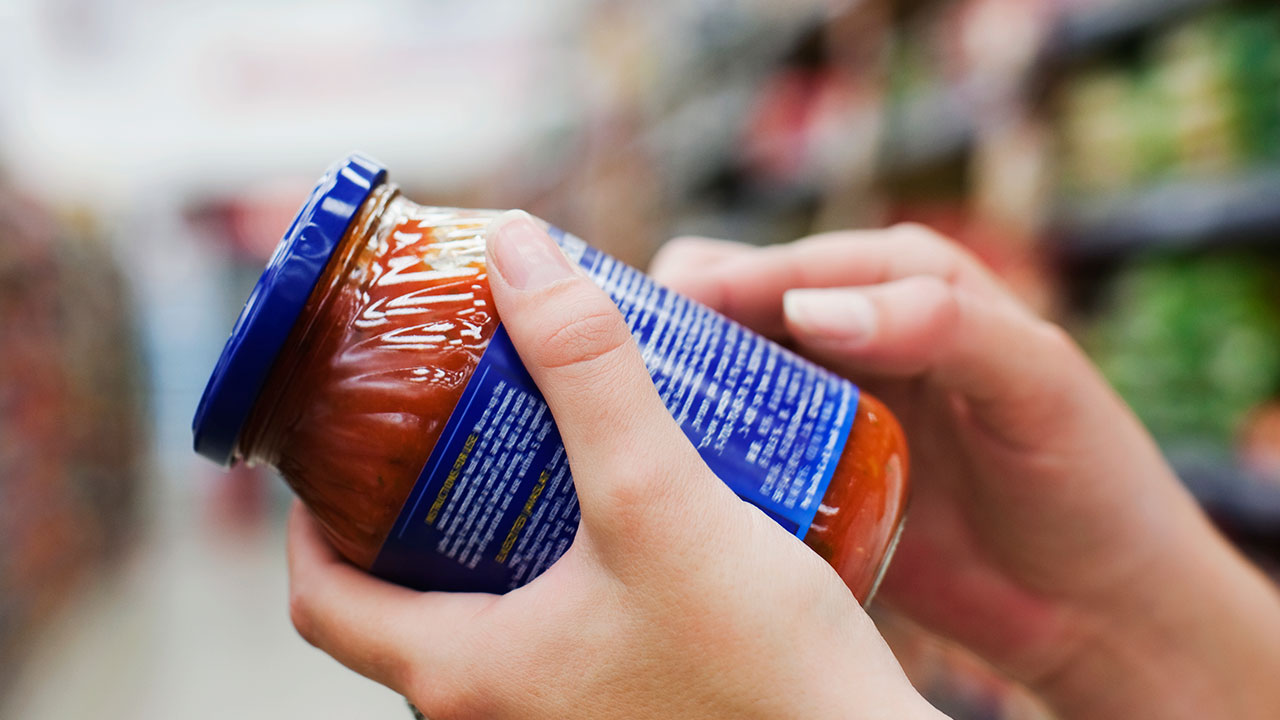
Marketing and Promotion
One of the nonnegligible package functions is marketing and promotion. In current highly competitive market, a logical and visually appealing packaging design can lead to a greater product sales. For example, angular and geometric shapes may imply strength and durability, while curvy and flowing shapes may suggest comfort and relaxation. In a UK study, 73% of interviewed consumers said they relay on packaging to aid their decision-making process at the point of purchase. (Wells, L., Farley, H., & Armstrong, G. (2007). The importance of packaging design for own‐label food brands. International Journal of Retail & Distribution Management, 35(9), 677–690. https://doi.org/10.1108/09590550710773237)
Also, promotional messages can be displayed on the package to convey marketing initiatives such as discount, increased value and upgraded products formula. These will directly stimulate and affect purchasing decision at the point of sale.
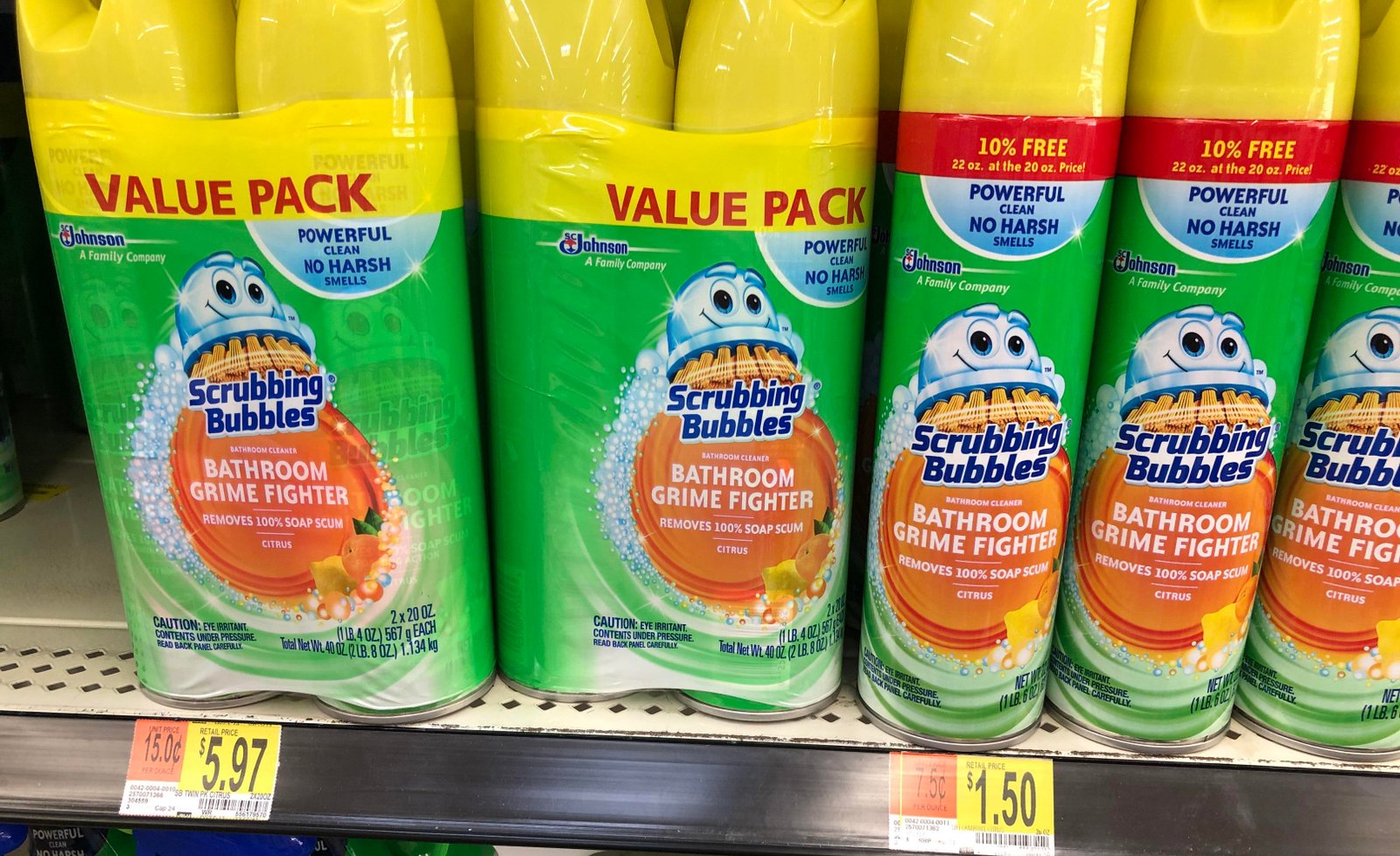
Convenience and Sustainability
The convenience of products usage is directly linked to user experiences. Easy-to-open designs, resealable features, and portability all contribute to a more welcomed and user-friendly package. Futhermore, green awareness is continue to rise in the public, it is expected that manufacturers to take sustainable and eco-friendly packaging into consideration to make a product.
According to NIQ, in a joint study with McKinsey, consumers tend to be more loyal to products with strong sustainability claims. As NOQ’s 2023 CPG Sustainability Report suggested, 92% of the surveyed consumers agree sustainability is important for them to choose and stick with a brand. (Unpacking eco excellence: How sustainable packaging influences consumers – NIQ. (2024, July 13). NIQ.
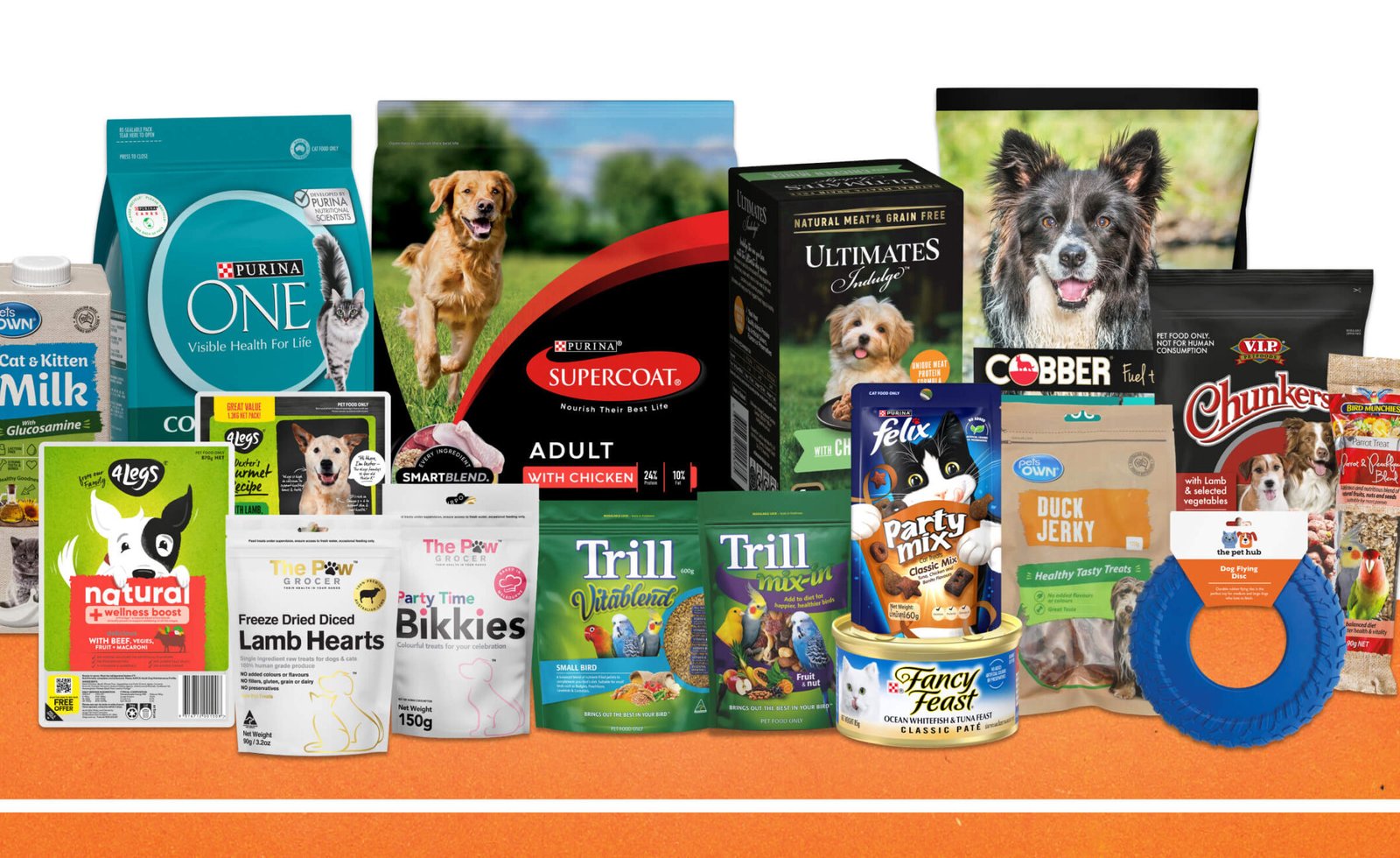
Storage and Logistics
Package can some time be an effective tooling to optimize fund and space utilization rate by enabling efficient storage, handling and transportation of products. Products that have regular and stack-able package, easy to load and unload certainly provides great support throughout the supply chain system. Therefore ultimately improves efficiency, reduces distribution cost and maximize profits.
